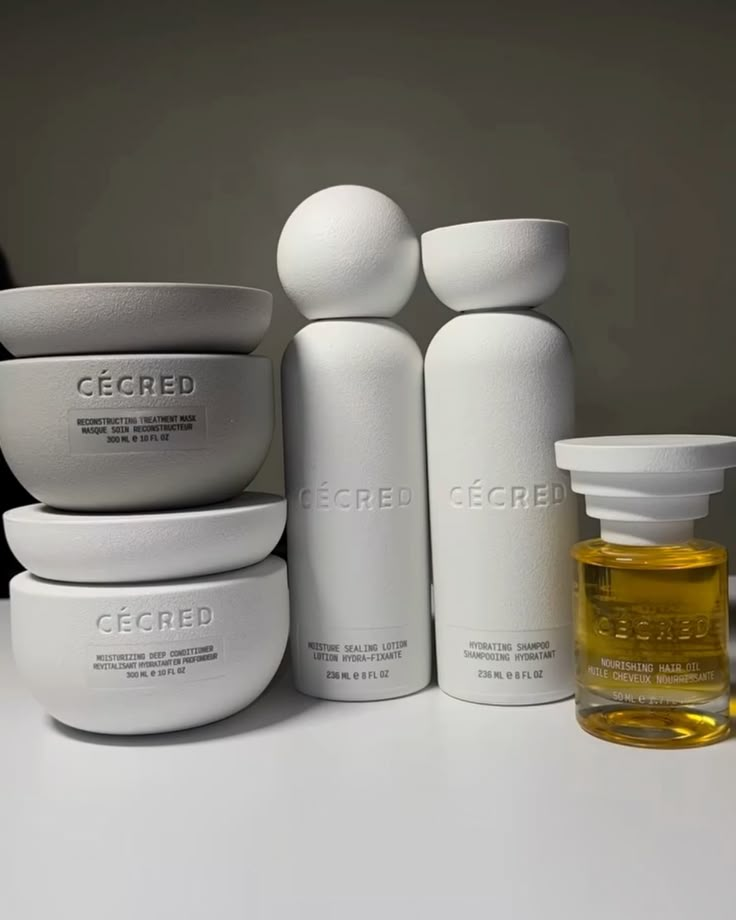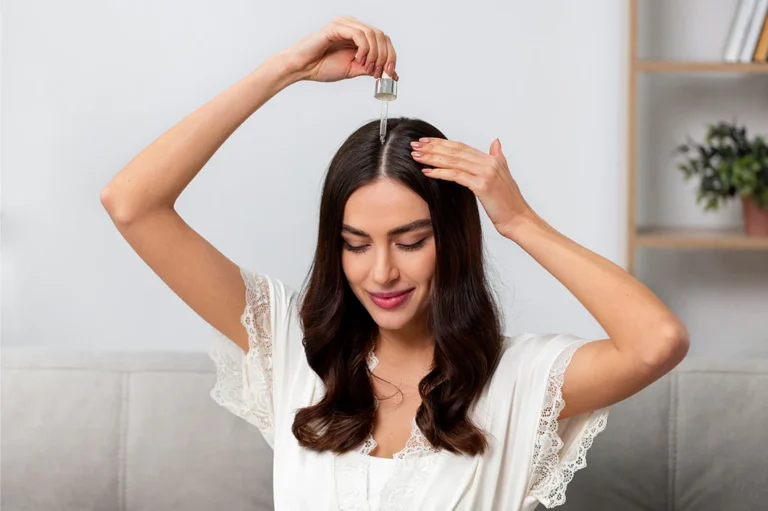How to Care for Low Porosity Hair: The Ultimate Guide
Low porosity hair has both advantage and disadvantages. so need to know about how to care for low porosity hair, It tends…
Low porosity hair has both advantage and disadvantages. so need to know about how to care for low porosity hair, It tends to retain moisture well, but it also resists absorbing it, making hydration difficult. If your hair takes a long time to get wet or dries quickly without products being completely absorbed, you may have low porosity hair. But don’t worry – with the right techniques and products, you can keep your hair healthy, hydrated, and thriving.
How to Care for Low Porosity Hair
Caring for low porosity hair requires a unique approach, but with the right techniques, you can maintain healthy, moisturized hair. Using lightweight, hydrating products, incorporating heat when deep conditioning, and Focus on clarifying your hair regularly to remove build-up. By following these steps, your low porosity hair will stay strong, soft, and beautiful.
Understanding Low Porosity Hair
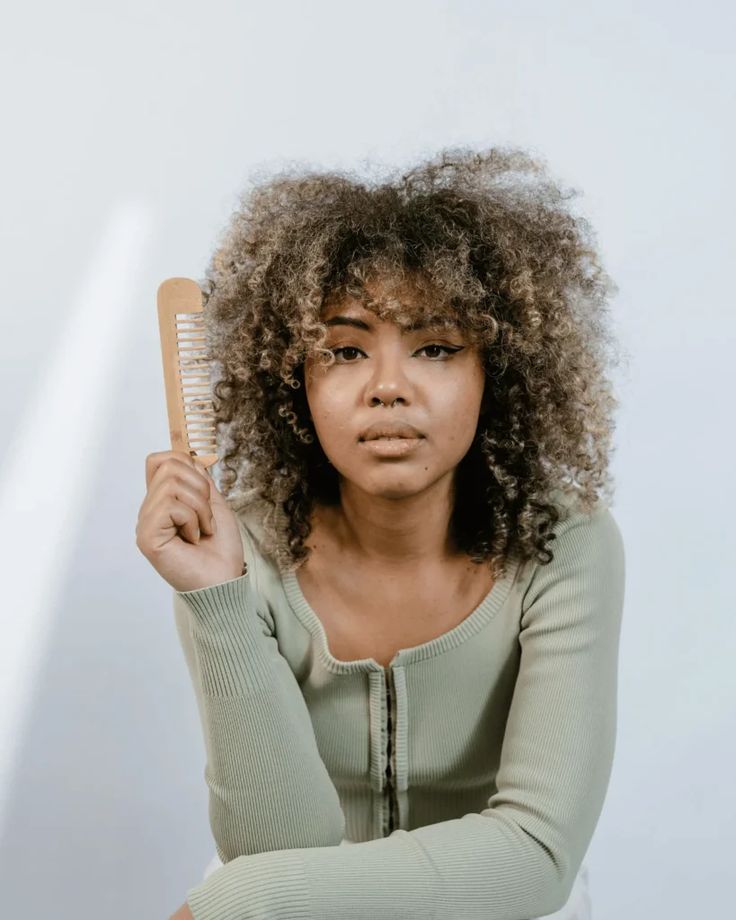
Before diving into care tips, it’s important to understand what low porosity hair means. Hair porosity refers to how easily moisture enters and exits the hair shaft. Low-porosity hair has cuticles that are tightly packed, which means:
• Water tends to rise up the hair rather than being absorbed quickly.
• Products often sit on the surface of the hair instead of being absorbed into the hair.
• Hair takes longer to dry because it has a harder time getting moisture in and out.
Now that we know what low porosity hair is, let’s look at the best ways to care for it.
1. Use Lightweight, Water-Based Products
Since low porosity hair struggles to absorb heavy products, choose light, water-based formulas. Look for the following ingredients:
• Aloe vera
• Glycerin
• Honey
• Floral water (rose water, chamomile water)
Avoid thick butters and heavy oils like coconut oil or shea butter, as they can clump and weigh down your hair.
2. Apply Heat When Deep Conditioning
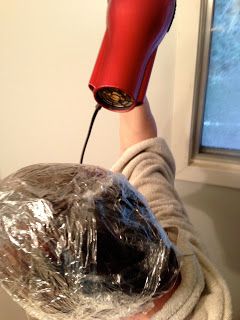
The best way to get moisture into low porosity hair is to use heat. Heat helps lift the cuticles, allowing deep conditioners to penetrate better. Here’s how you can do this:
• Use a steamer to open cuticles while conditioning.
• Wear a plastic cap and sit under a hooded dryer for 15-30 minutes.
• Wrap your head in a warm towel to create a natural steaming effect.
3. Clarify Regularly to Remove Buildup
Because products sit on low-porosity hair rather than being absorbed, buildup can occur quickly. Using a clarifying shampoo once every two to four weeks will help keep your hair fresh and allow moisture to penetrate.
Some effective clarifying shampoos include:
• Apple cider vinegar rinse (mix one part ACV with two parts water)
• Sulfate-free clarifying shampoo
• Bentonite or rassol clay wash
4. Use the Right Oils for Your Hair Type

Low porosity hair can be prone to heavy oils, but lighter oils can actually benefit it. Some of the best oils for low porosity hair are mention below
• Argan Oil
• Jojoba Oil
• Grapeseed Oil
• Sweet Almond Oil
These oils are easily absorbed and won’t leave your hair feeling greasy.
5. Avoid Protein Overload
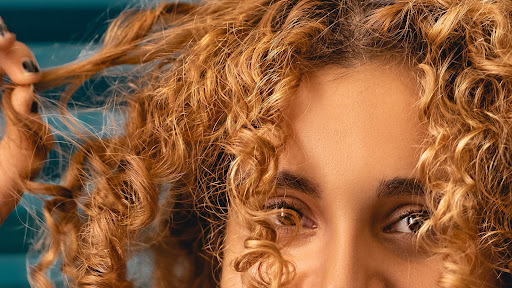
Low porosity hair is naturally more resistant to damage, so it doesn’t need frequent protein treatments. Too much protein can make your hair hard and dry. Instead, focus on moisture-based treatments and Limit protein-based products to once a month or only when necessary.
6. Opt for Warm Water When Washing Hair
Since the cuticles of low porosity hair are tightly closed, washing with lukewarm water helps to open them up a bit and allows moisture to seep in. Avoid using cold water, as it can further close the cuticles and prevent hydration.
7. Use the LOC or LCO Method Wisely
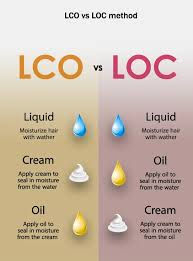
Liquid-Oil-Cream (LOC) or Liquid-Cream-Oil (LCO) methods are popular for sealing in moisture in natural hair. However, for low porosity hair, the LCO method is often more effective:
- Liquid: Use a water-based leave-in conditioner or plain water.
- Cream: Apply a light moisturizer.
- Oil: Use a small amount of light oil to seal in moisture.
This method ensures that moisture is locked in without accumulating too much.
8. Be Mindful of Humidity and Weather Conditions
Low porosity hair reacts differently to humidity and dryness. In humid weather, lightweight products may be sufficient, while in dry weather, you may need to apply an additional moisture layer. Protective styles like braids or twists can also help retain moisture for longer.
9. Remove confusion by taking care of it
Since low porosity hair is prone to tangles, always detangle with a wide-toothed comb or your fingers. Use a smoothing conditioner to ease the process and prevent breakage.
10. Be Patient and Consistent
It takes time to find the best routine for your hair. Pay attention to how your hair responds to different products and techniques, and adjust as needed. Consistency is key to keeping low porosity hair healthy and hydrated.
How to Care for Low Porosity Curly Hair
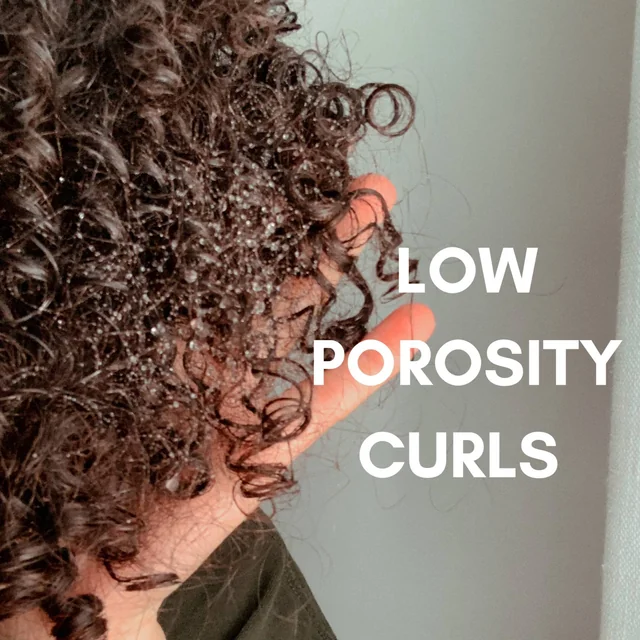
Low porosity curly hair requires a special approach to care for because the hair cuticles are tightly packed, making it difficult for moisture to be absorbed. However, with the right techniques, you can keep your curls healthy, hydrated, and well-defined. Here’s how:
1.Use Warm Water to Open the Cuticles
Low porosity hair has a hard time absorbing moisture, so washing with lukewarm water helps open the cuticles. This allows water and hydrating products to penetrate more effectively.
2. Choose Lightweight, Water-Based Products
Heavy creams and oils sit on low-porosity hair instead of absorbing it. Choose light, water-based leave-in conditioners and stylers that contain humectants like aloe vera and glycerin to keep your curls hydrated.
3. Incorporate Heat During Deep Conditioning
Deep conditioning is essential to keeping curls moisturized, but for low-porosity hair, applying heat can increase absorption. Use a hair steamer, hot towel wrap, or hooded dryer to help the conditioner penetrate the strands.
4. Clarify Regularly to Remove Buildup
Low porosity hair can feel greasy and dry at the same time when product builds up. Use a clarifying shampoo or apple cider vinegar every few weeks to keep your scalp and curls fresh.
5. Opt for Lightweight Oils
Instead of thick oils like coconut oil, choose lightweight options like argan, grapeseed, or sweet almond oil to retain moisture without weighing down your curls.
6. Protect and Style Smartly
Instead of thick oils like coconut oil, choose lightweight options like argan, grapeseed, or sweet almond oil to retain moisture without weighing down your curls.
How to Care of Low Porosity 4C Hair
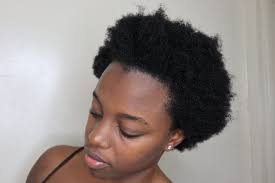
Caring for low porosity 4C hair requires patience and the right techniques to ensure your coils stay moisturized and healthy. Because 4C hair is tightly coiled and has compact cuticles, moisture absorption can be challenging. Here are mention some essential tips.
1. Use lukewarm water to open the cuticles
Warm water helps to lift the cuticles, allowing moisture to penetrate more easily. Avoid rinsing with cold water, as it can close the cuticles too quickly.
2. Pre-soak with a light oil
Before shampooing, apply a light oil like argan or sweet almond oil. This will help soften the hair and prepare it for cleansing without overdrying it.
3. Deep condition with heat
Use a deep conditioner containing humectants like honey or glycerin and apply heat with a hooded dryer, steamer, or hot towel to help the product penetrate deeper.
4. Moisturize with the LOC method
Layer products strategically: liquid (water-based leave-in), oil (light oil), cream (butter-based moisturizer) to effectively lock in moisture.
5. Clarify Monthly
To remove build-up, use a clarifying shampoo or apple cider vinegar at least once a month.
By following these steps, your 4C hair will stay soft, hydrated, and manageable!
How to Care for Low Porosity Wavy Hair
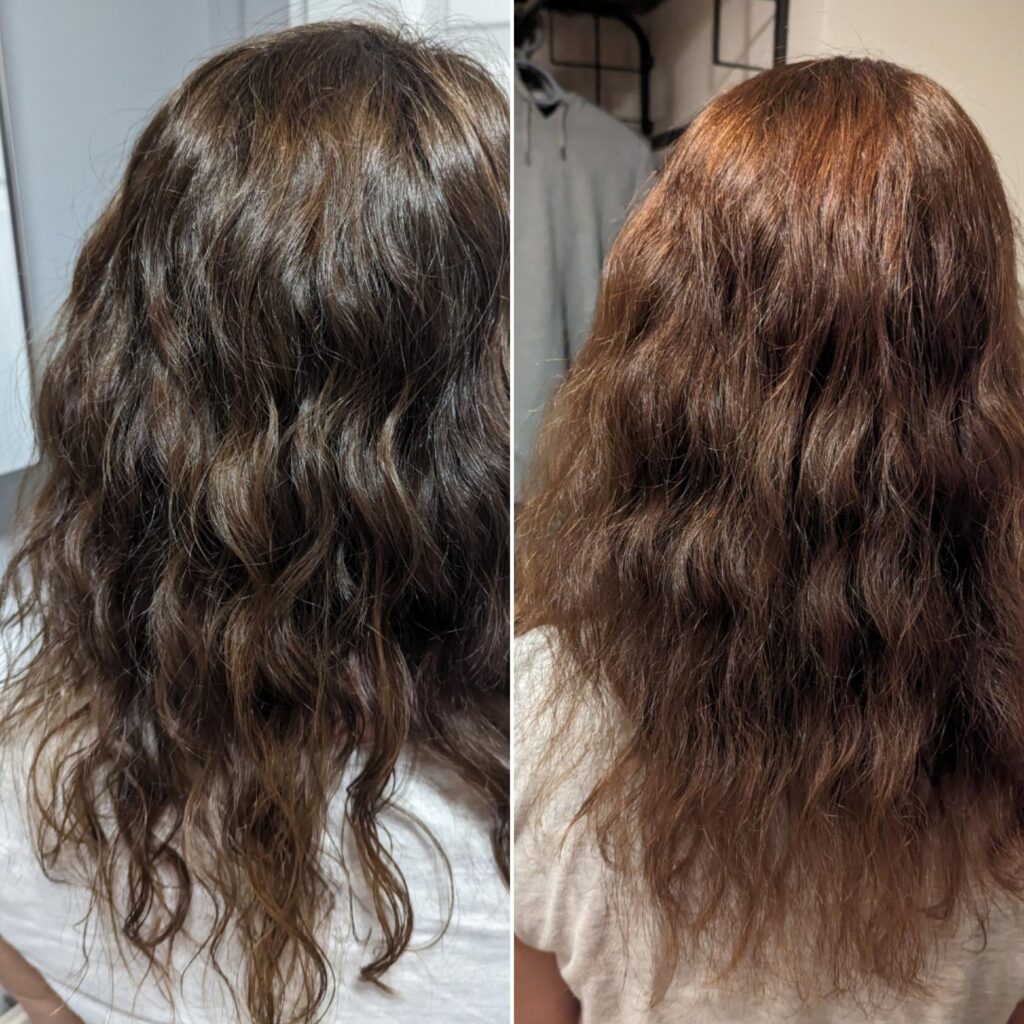
Caring for wavy, low-porosity hair requires a customized approach to keep it hydrated and healthy. This type of hair has tightly closed cuticles, making it difficult for moisture to penetrate. As a result, product buildup is common, leading to dryness and dullness. To combat this, use lightweight, water-based products that absorb easily without weighing down the hair. Avoid heavy creams and butters, as they can coat the hair and prevent moisture from penetrating.
Regular cleansing is essential to maintain a healthy scalp and allow hydration to reach the hair shaft. Use a mild clarifying shampoo once a week to remove buildup and improve moisture absorption. Deep conditioning is also important but should be done with heat. Applying a deep conditioner and using a heat cap or hot towel will help open the cuticles, allowing the hair to soak up moisture more effectively.
To keep your waves soft and defined, avoid overusing heavy oils. Instead, opt for lighter options like argan or grapeseed oil, which nourish without weighing down the hair. When rinsing, use lukewarm water to help keep the cuticles slightly open, which promotes better moisture retention. With the right routine, your low porosity curly hair will stay soft, bouncy, and manageable.
How to Grow Low Porosity Hair Fast

Low porosity hair requires a regular routine that promotes moisture retention and scalp health. Since this type of hair struggles to absorb moisture, hydration is key. Use a light, water-based leave-in and conditioner to nourish your hair without weighing it down. Deep conditioning with heat helps open the cuticles, allowing nutrients to penetrate and strengthen strands.
Scalp care is essential for fast hair growth. Massage your scalp daily with a light oil like jojoba or argan oil to increase blood circulation and stimulate hair follicles. Wash your hair once a week to remove dead hair, so your hair shaft can absorb moisture more effectively. Eating a balanced diet rich in protein, vitamins, and omega-3 fatty acids also supports healthy hair growth from the inside out.
To prevent breakage, avoid excessive heat styling and use a satin pillowcase to reduce friction. With consistent care, your low porosity hair will grow longer, stronger and healthier over time.
